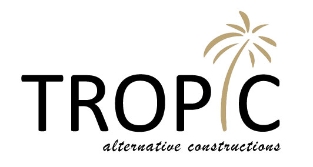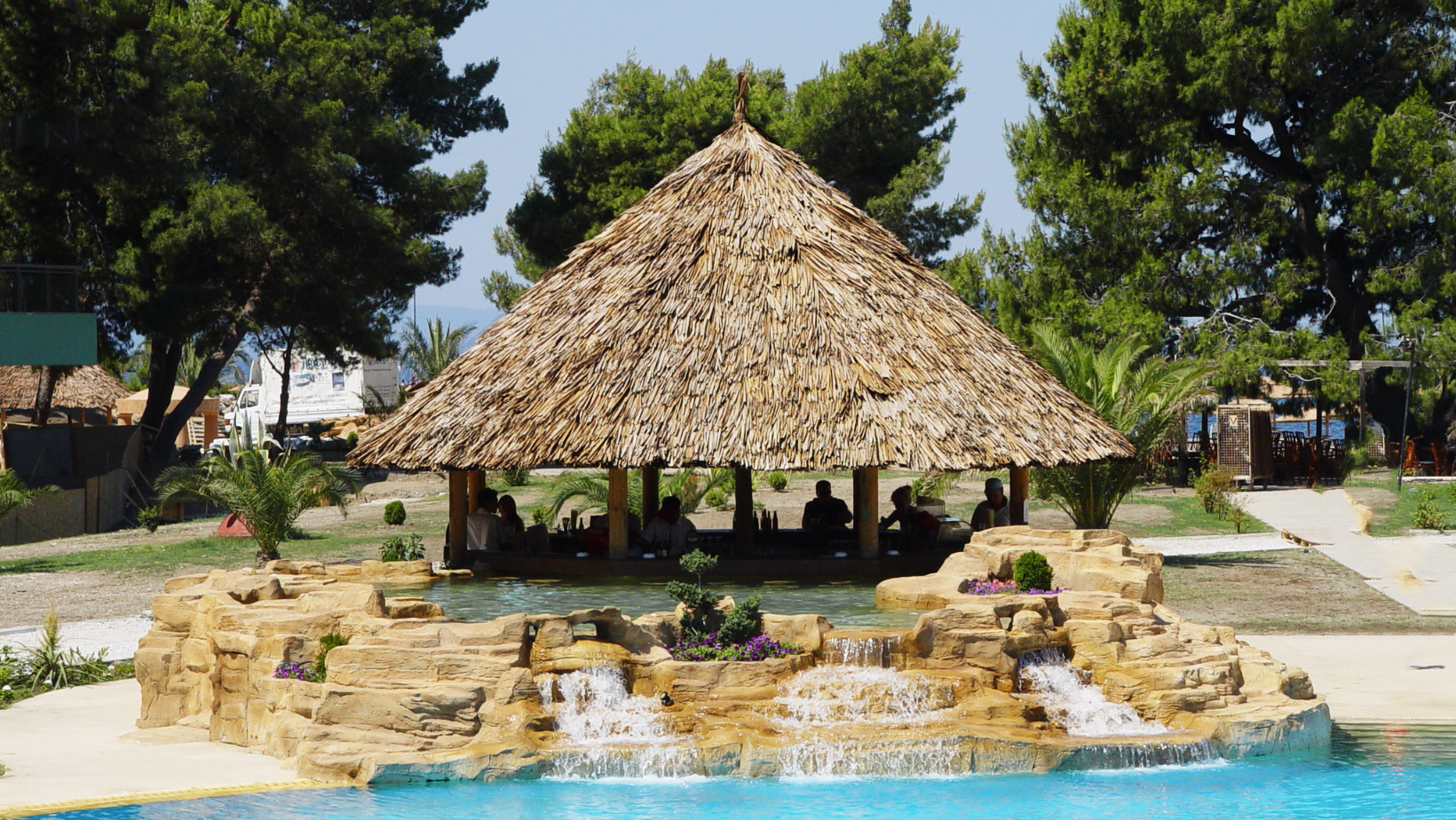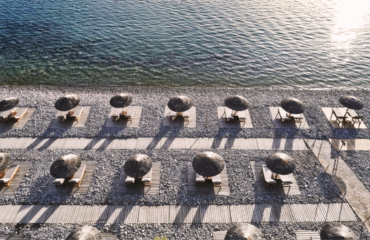Makuti is a traditional material in many parts of Africa and other tropical regions, used mainly for roofing in traditional huts. It is derived from palm leaves (Cocos nucifera and Hyphaene thebaica). The sheets, tied together, form an insulating layer for roofs, hats, or other structures.
It is a versatile material used in a range of constructions:
Sofa
They are a widespread application of. They give a tropical and traditional aesthetic to the building. They offer excellent insulation from heat and sun and rain. They require regular maintenance and their lifespan varies depending on the quality of the material and construction. Factors that damage it over time are climatic conditions, insects and other factors.
Walls and partitions
Makuti panels are used for the construction of partitions in traditional buildings. These are formed by tied leaves together and give a rustic and natural aesthetic to the interior.
Canopies and shades
It can be found in restaurants, resorts, and beachfront buildings as canopies for protection from the sun outdoors. Also a very widespread use is in the construction of beach umbrellas.
Decorative Elements
Various decorative elements are made from makuti. For example, decorative partitions, artwork, furniture covers, decorative additions to modern structures to give a more traditional aesthetic.
Tourist attraction and culture material
Used in tropical areas traditional huts and other structures to attract tourists and give an experience of local or exotic culture. This use has even been adopted by luxury accommodation and hotels. They gain loyal visitors who choose them for the tropical experience they offer, their contact with nature and the exotic environment they find themselves in and integrate with.
Makuti has historically been used in modern construction combined with more durable modern materials for longer construction life. It continues to be an architectural heritage of the tropics and has been more widely adopted to give a sense of sustainable and exotic architecture.




